If you’re like most people, you already know ultraviolet (UV) radiation can cause skin cancer and pre-mature aging. But did you know it can seriously damage your eyes, too?
“UV radiation comes from the sun as well as artificial sources, like welding machines and tanning beds,” says Sandy T. Feldman MD, Medical Director of Clearview Eye & Laser Medical Center in San Diego. “And UV rays outdoors can come from many directions, not only from above. The sun is often reflected off the ground, water, snow, sand and other bright surfaces.”
There are three types of ultraviolet light: UV-C, UV-A and UV-B. UV-C radiation is absorbed by the ozone layer and does not present any threat. UV-A and UV-B radiation can have adverse long- and short-term effects on the eyes and vision. These include:
“Everyone, including children, is at risk for eye damage from UV radiation. The more time you spend in the sun, the more you put yourself at risk,” said Dr. Feldman.
Other risk factors include using tanning beds, living in the mountains or “Sun Belt” states, prior cataract surgery and certain occupations, such as welders or medical technologists. Certain medications can also increase risk.
Dr. Feldman advises her patients to wear wide-brimmed hats and sunglasses as often as possible to reduce their risk of harmful UV exposure.
“Sunglasses should block out 99 to 100 percent of both UV-A and UV-B rays,” she says. “And don’t forget about hats and sunglasses for kids and teens, too. They tend to spend considerably more time in the sun than adults.”
Sandy T. Feldman, MD is the Medical Director of Clearview Eye & Laser Medical Center -- voted best LASIK center in San Diego by the San Diego Union Tribune 2016 and 2017 and CityBeat Magazine for the second year in a row. She has successfully performed more than 20,000 refractive procedures. Her numerous awards include “Top Doc San Diego” and the Goldline Award, an honor granted to only 10 laser eye care providers in the U.S. each year, and she has been profiled in Forbes, Newsweek, and other respected publications. Dr. Feldman is a fellow of the prestigious American College of Ophthalmic Surgeons, as well as a member of the American Academy of Ophthalmology and the American Society of Cataract and Refractive Surgery. For more information, please visit clearvieweyes.com.

Call Us: (858) 452-3937
8:30AM - 7:00 PM - Monday through Saturday (Saturday until 11:30AM)